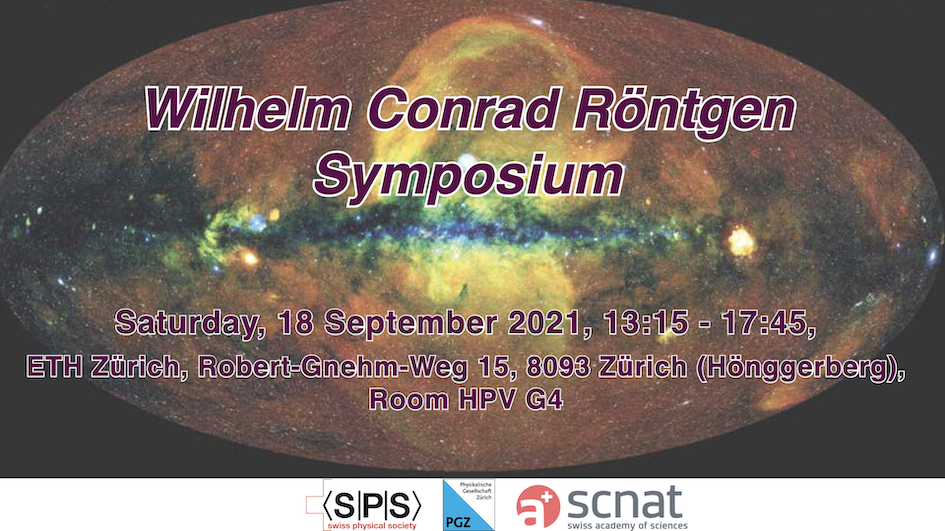On the eve of November 8, 1895 Wilhelm Conrad Röntgen, then physics professor at the University of Würzburg, made a curious observation while performing experiments on gas discharges: a fluorescence screen lit up despite being well separated from the experimental set-up. This moment 125+1 years ago marks the discovery of X-ray radiation and eventually led to the first ever Nobel Prize in...
125 years after the discovery of X-rays by W. Röntgen, scientists around the world are still pushing the limits of X-ray imaging exploiting the unique features of latest generation synchrotron facilities. Modern X-ray micro- and nanoimaging rely on the coherent properties of synchrotron beams, suitable optics, and algorithms to sense wavefront disturbances from samples and – consequently – to...
Since the discovery of X-rays in 1895, the average brilliance of X-ray sources increased by 2 orders of magnitude every 10 years. This offers completely new opportunities for the investigation of the structural, chemical and magnetic properties of matter. The brilliance allows for highest resolution in real and reciprocal space and even extremely tiny amounts of sample can be analysed...
Light sources have enabled a number of analytical applications in the industry and society, such as medicine or security. The cutting down of wavelength well below the UV, about 125 years ago, has permitted deeper inspection, atomic resolution, photoionization, and structural analysis. The generation of X-ray is largely linked to cathode tubes, in which electrons bombard an anode to induce...
In June 1962, a rocket equipped with an X-ray detector veered off its trajectory, leading to one of the most remarkable serendipitous discovery in astronomy, rightly rewarded by the Nobel Prize in Physics in 2002. X-rays track the most extreme physical conditions in the Universe, like the highest densities, the highest energies and the deepest gravitational potential wells. Thus they opened...
